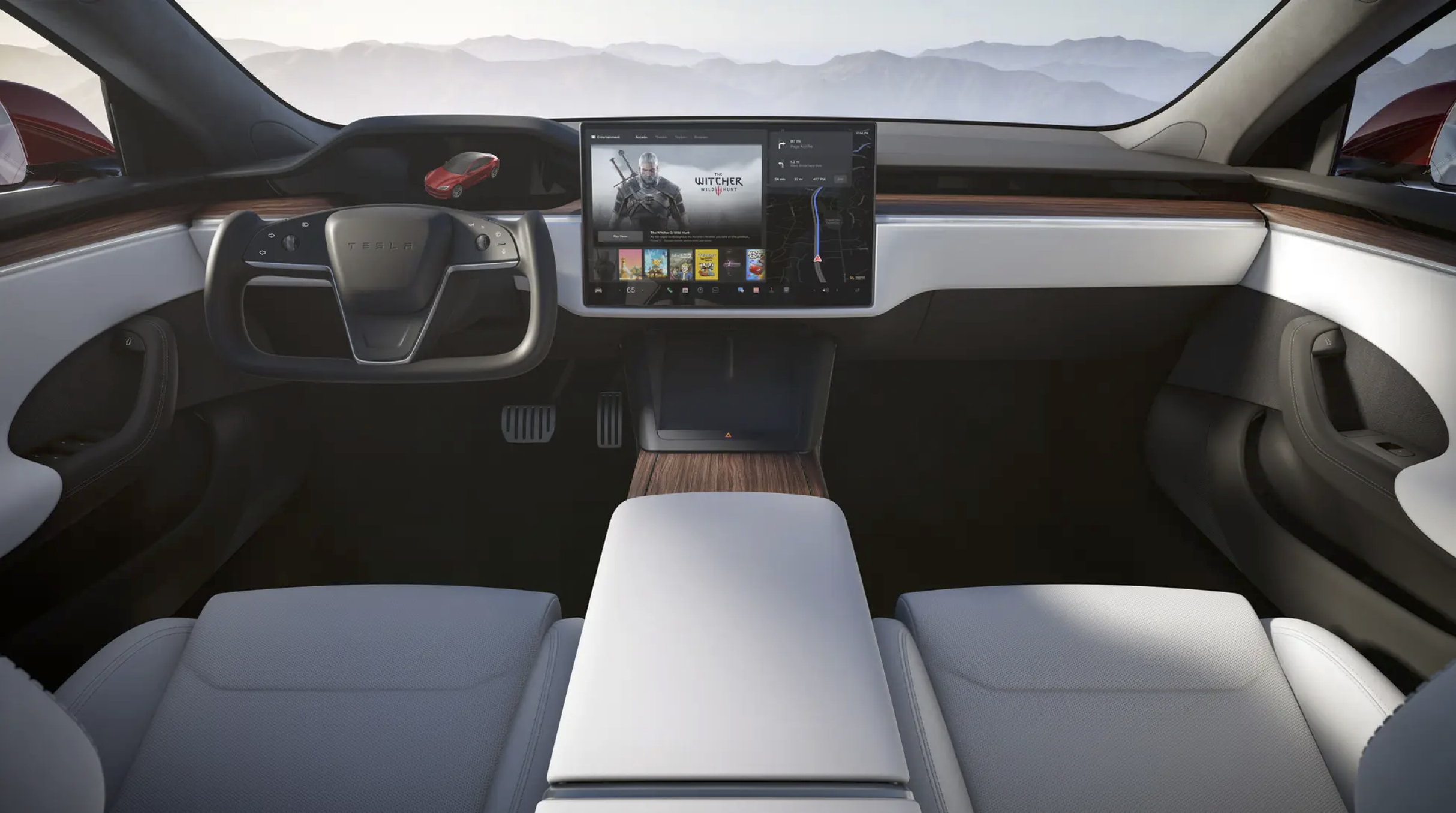One day ago, Elon Musk declared that the upcoming second-generation Starlink internet satellite would contain cellular antennas for phone connections in the US. Currently, only T-Mobile is on board, but other operators should follow suit.
Now, the tech billionaire confirmed via a tweet that this same connection would allow direct connections with Tesla vehicles. He didn’t go into details – just a simple yes to a Twitter user’s query.
Will Tesla cars get this feature too in the future to connect directly to Starlink satellites for emergency calls/texts?
— Dave Lee (@heydave7) August 26, 2022
To permit updated Starlink satellites to connect directly to cellphones, SpaceX will use a portion of T-Mobile’s existing 5G spectrum, the ‘mid-band PCS.’
During the event, Elon mentioned that the satellite-to-cellular coverage from Starlink will be capable of providing a 2-4 Mbps link that everyone will share in the satellite’s coverage area.
This won’t be enough for premium connectivity features, such as live-streaming video from your Tesla’s cameras. Still, a connection that works at all is probably better than no connection.
Tesla has dialed down the connectivity packages with its electric vehicles. The cars purchased before the end of June 2018 include Premium Connectivity at no extra charge. Still, those purchased before July 20th, 2022, have at least the standard connectivity package with in-car maps and navigation.
Such connections are available for the vehicle’s lifetime. So, adding the Premium Connectivity subscription to a Tesla that doesn’t have it presently costs $9.99 per month or $99 annually.
T-Mobile plans to incorporate this “Coverage Above and Beyond” with many of their existing plans at no extra cost, so the connection to Starlink’s new cellular-broadcasting satellites would be a life-saving feature that should be made available standard with Tesla vehicles.
But hold your horses – there’s still plenty of time until phones and Tesla vehicles gain this functionality. SpaceX’s considerably enormous Gen 2 Starlink satellites will be the ones with the additional antennas to support cellular connections, launching on SpaceX’s Starship rocket in 2023. Its service is anticipated to initiate in late 2023.
No matter how optimistic Musk can be with his futuristic projects, this feature could be delayed as SpaceX works to deploy the satellites.
Those wondering about used electric cars purchased today from Tesla, they “will have Standard Connectivity for the remainder of the eight years from the first day your vehicle was delivered as new by Tesla, or the first day it is put into service (for example used as a demonstrator or service vehicle), whichever comes first.”
RECENT NEWS





